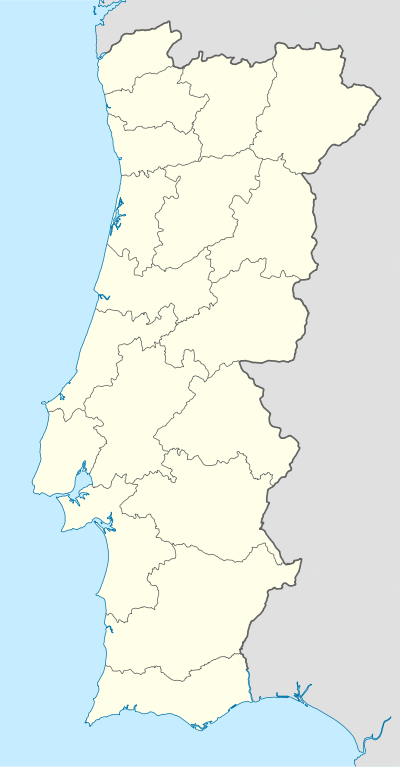Lezíria Bridge
| Lezíria Bridge | |
|---|---|
| Coordinates | 39°00′45″N 8°56′00″W / 39.0125°N 8.933333°WCoordinates: 39°00′45″N 8°56′00″W / 39.0125°N 8.933333°W |
| Carries | Six road lanes of IC 11 - A 10 |
| Crosses | Tagus River |
| Locale |
Carregado, north of Lisbon (right bank) Municipality of Benavente (left bank) |
| Official name | Ponte da Lezíria |
| Maintained by | Brisa[1] |
| Characteristics | |
| Design | box girder, viaducts |
| Total length | 12 km |
| Longest span | 972 m |
| History | |
| Construction begin | 2005[2] |
| Construction end | 2007[2] |
| Opened | July 2007 |
| Statistics | |
| Toll | €1.25 per passenger car (up to €3.10 per truck) northbound or southbound |
 | |
The Lezíria Bridge (Portuguese: Ponte da Lezíria) is a box girder bridge[3] flanked by viaducts and rangeviews that spans the Tagus River and the Sorraia River between Carregado and Benavente, northeast of Lisbon, capital of Portugal. It is the second longest bridge in Europe (including viaducts) and the ninth in the world,[4] with a total length of 12 km. The main bridge spans 972 m over the Tagus River and the Sorraia River. The span lengths are 95 m - 127 m - 133 m - 4 x 130 m - 95 m.
The bridge was constructed in 21 months using the balanced cantilever method and opened to traffic on July 2007.
Description
The bridge carries six road lanes, with a speed limit of 120 km/h (75 mph), the same as motorways.
See also
References
- ↑ "Brisa". Brisa. Retrieved 2012-12-24.
- 1 2 Lezíria Bridge at Structurae
- ↑
- ↑ http://paginas.fe.up.pt/~cfr/CFR_CI8.pdf
This article is issued from Wikipedia - version of the 10/18/2016. The text is available under the Creative Commons Attribution/Share Alike but additional terms may apply for the media files.